April Davila's Blog, page 27
January 6, 2020
Split and Merge Scenes in Scrivener

We’re continuing the #52WeeksOfScrivener series today with an explanation of how to split and merge scenes.
Splitting Scenes
Splitting scenes is a handy little trick when you’re working on a chapter and it starts to get really long and you realize, hey, this should probably be two chapters.
All you do is place your cursor where you want to split the chapter into two, go to Documents -> Split -> at Selection (shortcut Command K).

Scrivener will split the chapter into two and move everything below the split into a new chapter with the same name. At that point Scrivener highlights the title of the new chapter as a prompt for you to rename it. You don’t have to, but it does help minimize confusion.

In this example I’ve named the new chapter 1b. Journey.

Merging Scenes
Now say you change your mind. These two chapters really should be just one. Just hold down the SHIFT key and click on the two chapters you want to merge. (TIP: they don’t have to be consecutive – you can merge any two chapters.)
Then go to Documents -> Merge. And done.

Scrivener will automatically label the conjoined chapters with the name of whichever chapter was higher up in your binder, but you can always double click it to rename it.

At that’s it. Super handy.
Next Week
Next Monday we’ll talk about keywords. Stay tuned, follow on Twitter with #52WeeksOfScrivener, or sign up for my newsletter to get a weekly digest of all my posts.
January 3, 2020
Sea Stacks
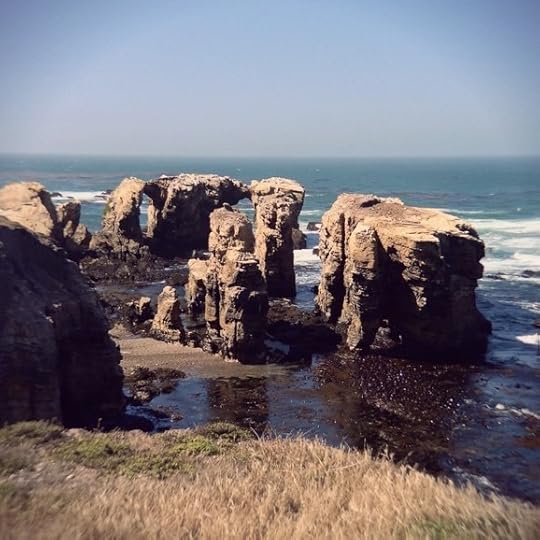
 This post is part of an extended series I’m writing about California.
This post is part of an extended series I’m writing about California. You can find out more on my Why California page.
Due to the prevailing wind patterns of the North Pacific Ocean, waves from violent storms swoop down out of the Arctic Circle and pummel the Northern California coastline.
This continuous wave action whittles away at the coastal cliffs, creating pockets in the hard stone. Those pockets become caves, and those caves become tunnels. When the arching roof of a stone tunnel collapses it leaves behind pillars of rock called sea stacks.
South of Point Concepcion (near Santa Barbara) the California coastline juts at a hard diagonal to the southeast, shielding the southern coast from the harshest of the wave action, but in the north, this constant erosion has left the shoreline densely dotted with beautifully carved sea stacks.
Over 20,000 free standing rocks and small islands exist off the coast of Northern California, and are all part of the California Coastal National Monument – a 12 nautical mile strip of ocean running along the coast, that has been protected by Presidential decree since 2000.
Often hidden by thick fog, sea stacks are a vital part of Northern California’s ecosystem, providing shelter for birds, critters and aquatic mammals.
January 1, 2020
The Best Books I Read in 2019

I read about 65 books this year. Of those, seven works of fiction stand out in my mind as being particularly great reads. These are the books that stayed with me, made me think back on them long after I’d finished them. They are the books I’m telling my friends about.
Here they are, in no particular order and with no regard to publication date. The best books I read in 2019:
Kitchens of the Great Northwest by J. Ryan Stradal
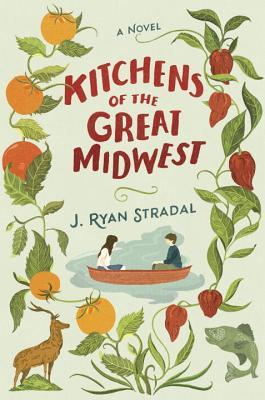
City of Girls by Elizabeth Gilbert
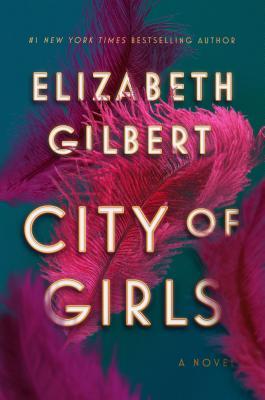
Eleanor Oliphant is Completely Fine by Gail Honeyman
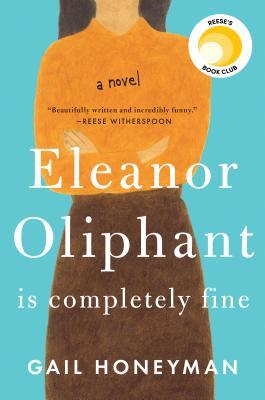
The Ensemble by Aja Gabel
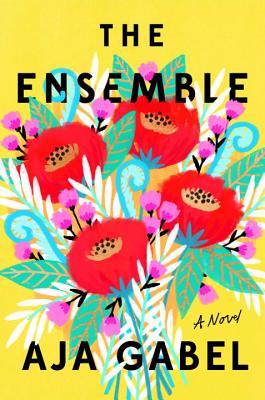
Small Great Things by Jodi Picoult
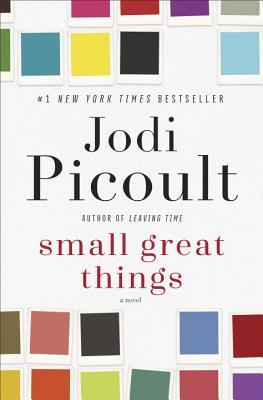
The Golden State by Lydia Kiesling
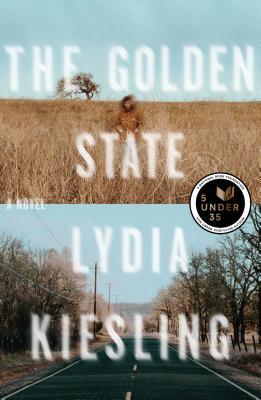
In The Distance by Hernán Díaz
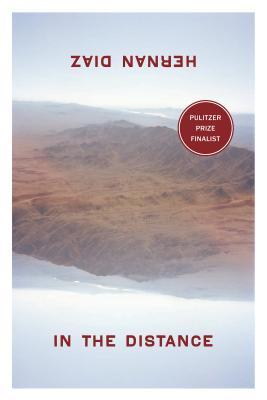
December 30, 2019
Tracking Writing Goals in Your Bullet Journal

It’s the last Scrivener post of 2019! Time flies, as anyone who’s ever tried to write a novel well knows. And since I’m sure a bunch of you out there are thinking about writing goals for 2020, I thought I’d share, for this week’s installment of the #52WeeksOfScrivener series, how I use Scrivener in conjunction with the old Bullet Journal, to track (and hit) my writing goals. Here goes…
A Little Backstory
I got WAY off course with my writing at the end of last summer. The kids were off school, none of our usual routines were in place. Even so, I was maintaining pretty well until I got an ovarian cyst that completely knocked me for a loop. Who knew that shit could hurt so much? I guess lots of women, actually, but I certainly didn’t. Anyway, I was on a bunch of pain meds and not writing AT ALL.
And just like exercise, writing is really hard to get back into if you stop for any significant period of time. Even once I was feeling better, and the kids were back in school, I was having a lot of trouble getting back on track with my draft.
Where I Wanted To Be
My writing goal was to have a completed draft of 120,000 words by the end of October. I had about 84,000 words when I started. Writing six days a week, I figured out I’d have to write about 1,100 words a day to hit my goal.
Now, if you’re working in Scrivener, you can have it do the calculations for you. Go to Projects -> Project Targets (shortcut command shift T). Click on options, then Session Target.

A “session” is the period of time in which Scrivener will track your word count. I aim to write six mornings a week, so I click those mornings and set my sessions to reset at 1am. If you tend to write through the night, you might set it to reset when you leave for work in the morning. You can also have it reset when you close the document. Experiment to find what works for you.
Now click “okay.”

What you’ll notice is that Scrivener has calculated how many words you’ll need to write on each of your writing days, based on which days you intend to write and the total words you’re shooting for. Pretty sweet, right? It gets better.
If you miss a day, Scrivener will automatically recalculate, and your daily word count goal will go up so that you know how much you have to write every day to make your deadline.
If you write on a day that you weren’t planning to write, or if you have a great day and write way past your daily goal, Scrivener will recalculate and your daily word count goal will go down. That’s always fun.
Here Comes the Geekery
I’m going to geek out for a sec, but I’m hoping that it might help other, like-minded nerds, if they’re stuck with their writing.
My project has six chapters, so I’m roughly shooting for 20,000 words a chapter. I went through and calculated how many words I needed to write for each chapter:
Chapter 1: I have 17,000 words, so I need another 3,000
Chapter 2: need another 6,000 words
Chapter 3: need another 10,000 words
Chapter 4: need another 2,000 words
Chapter 5: need another 10,000 words
Chapter 6: need another 16,000 words
Then, I divided the words needed by 1,100 (my daily goal) to find out how many writing days I will be spending on each chapter:
Chapter 1: about 3 days
Chapter 2: about 5.5 days
Chapter 3: about 9 days
Chapter 4: about 2 days
Chapter 5: about 9 days
Chapter 6: about 14 days (ug – the hardest chapter – I’m so dreading these 14 days)
Bringing It Back To The BuJo
Every day, when I’m done with my writing, I color in a square for every 100 words I wrote. You can see here what September looked like when I was about half way through. I gave myself Sundays off (or used them to catch up). You can see some days I was totally rocking it, writing as many as 2,000 words, and then there was that one day I only got 400 words on the page.

And okay, yes, when I started with the BuJo I said I would “never” be the kind of person to “carry around a case of different colored markers with which to decorate a glorified day planner,” but I find it really motivating to color in a square for each hundred words I write. It’s SO satisfying. And I don’t know why, but I love looking at it and seeing all those colorful squares. It’s a really quick snapshot of work actually getting done.
What’s more, I know if I’m suffering on a section, it won’t last forever. When I was hating chapter two, I just looked at my calendar and knew I only had to spend another three days on it and then I would have my word count and I would move on. I’ll worry about making it good on the next draft.
And if that wasn’t enough reason to love the BuJo, having this little map also helps alleviate any fears that I’m spending too much time in one chapter. I’m writing to 20,000 words on each chapter and then moving on. I will certainly come back. The chapters won’t be 20,000 words when I’m done with the final draft, but it’s a good starting point, and it prevents me from writing a 40,000-word chapter 1 while avoiding chapter 6 all together because I’ve run out of time (which I would totally do to myself because I don’t want to write chapter 6).
And that’s it. I hope it’s as useful for you as it is for me.
Next Week
Happy New Years, y’all. Hope you find a fun way to celebrate the end of 2019. I’ll be back next week with more Scrivener tips. Stay tuned, follow on Twitter with #52WeeksOfScrivener, or sign up for my newsletter to get a weekly digest of all my posts.
December 27, 2019
Redwood Hot Tubs

 This image came from an old catalog for California Cooperage, but it seriously could be me and my folks in the tub we had in our back yard when I was little.
This image came from an old catalog for California Cooperage, but it seriously could be me and my folks in the tub we had in our back yard when I was little. The tradition of soaking in hot water has been in place in the US for centuries, but was almost exclusively relegated to public spas centered around natural hot springs, such as those found in the small town of Calistoga, about 80 miles north of San Francisco.
It wasn’t until the 1950s that enterprising Californians sought to bring the tradition home. Smoke-belching water heaters were connected to discarded wooden vats from local vineyards and the private hot tub was born.
Redwood’s natural ability to withstand rot quickly made it a favorite building material. When the hippies flooded the region in the 60s the distinct style of redwood hot tubs was established as a deep, round, above-ground basin, usually rimmed by a wooden deck.
Most redwood hot tubs had simple wooden slat benches lining the interior circumference, but little else in the way of ornamentation. As private hot tubs found their way into homes across the county, most were built of fiberglass, which was decidedly less prone to leaking, but in Northern California a true soak takes place in good old fashion wood, and usually involves a glass of wine.
December 23, 2019
Scrivener Name Generator

We are almost through the holiday season. And if you’re like me, your kids are off school for like, the next month, so we’re keeping it simple again this week with the #52WeeksOfScrivener series. We’re talking about the Name Generator.

Now, I know there are about a thousand baby-naming websites out there. In fact, while I’m at it, I have to mention . This is my favorite baby name website because it tells you the popularity of names over time. For instance, Mary was a super popular name for babies in the 1920s. It’s much less common now. Writing a character born in the 1950’s? The name Taresa saw a huge jump in popularity around then. (My husband and I wasted hours on that site while trying to name our kids.)
While the baby naming websites are not to be overlooked, the Scrivener name generator should definitely be on your radar as well.
What I like about it:
You can choose the name’s heritageThere’s an option to include “Literary” names (book nerds rejoice)You can set it to produce simple names, or really elaborate onesIt will play with alliteration if you tell it to
Find the Scrivener Name Generator

Go to Edit -> Writing Tools -> Name Generator.
Just click your way through and have a little fun playing around with the settings.
My next book has a Spanish character and I love long Spanish names. They sound so regal.
Here’s a few from the list generated by Scrivener:
Xènia Matilde Àngela Bardera
Helena Xènia Llúcia Mountain
Blanca Marina Sara Harpoon
Matilde Helena Isona Virago
Sara Alba Isona Homs
Violeta Sara Alba Mate
I’m pretty creative, but there’s no way I would have come up with Matilde Helena Isona Virago on my own. That’s a great name.
Do Your Due Diligence
Whatever name you land on, please, please take a moment to google it and just make sure it doesn’t have any associations you’re unaware of. You really don’t want a kindly old hotel proprietor named Henry Holmes (unless of course you’re writing horror, in which case, the nod to history is kind of cool).
Next Week
Since I know a lot of folks out there are thinking about their writing goals for 2020, I thought I’d take next week to talk about how I use Scrivener in tandem with the Bullet Journal. Stay tuned, follow on Twitter with #52WeeksOfScrivener, or sign up for my newsletter to get a weekly digest of all my posts.
December 20, 2019
Bristlecone Pine

 This post is part of an extended series I’m writing about California.
This post is part of an extended series I’m writing about California. You can find out more on my Why California page.
This year, the oldest living thing on Earth, a Bristlecone Pine tree nicknamed Methuselah, had its 4,851st birthday.
Though the exact location of the tree is kept secret, Methuselah is part of a population of Pinus longaeva living in the Ancient Bristlecone Pine Forest of the White Mountains of California. The tree gets its name from the incurved prickles of its female cones.
These prehistoric trees have carved out a niche for themselves just below the tree line, in patches of windswept rock called dolomite. The dolomite reflects more sunlight than surrounding rock, keeping the roots of the trees cool and moist. It also helps to protect adjacent trees from fires.
Though lightning strikes are relatively common, few other plants can grow in the unique substrate, and the lack of underbrush helps to keep flames from spreading.
The trees have further adapted to their harsh environments by keeping their energy needs low. The trees rarely grow more than 50 feet in height, their pine needles live for twenty to thirty years each, and they add only 1/100th of an inch to their girth every year.
December 18, 2019
A Little Ostrich Humor

As often happens this time of year, I’m swamped. So in place of my usual musings about the craft of writing, I’m sharing with you a little piece of pop culture that you probably don’t need to be aware of, but seeing that it’s all about ostriches (allegedly), I feel compelled to bring it to your attention.
Fair warning: If you’re easily offended, might want to skip this one.
You’re welcome.
December 16, 2019
Changing Scrivener Binder Icons

We’re taking it easy today with the #52WeeksOfScrivener series. Given the busy holiday season I thought we could just have a little fun, so I’m going to walk you through how to change your Scrivener binder icons.
Binder Icons
If you’re thinking “what’s this binder thing she’s talking about?” you might want to take a moment and revisit a post I wrote about basic Scrivener vocab, but basically, the binder is the section on the left. It looks something like this:
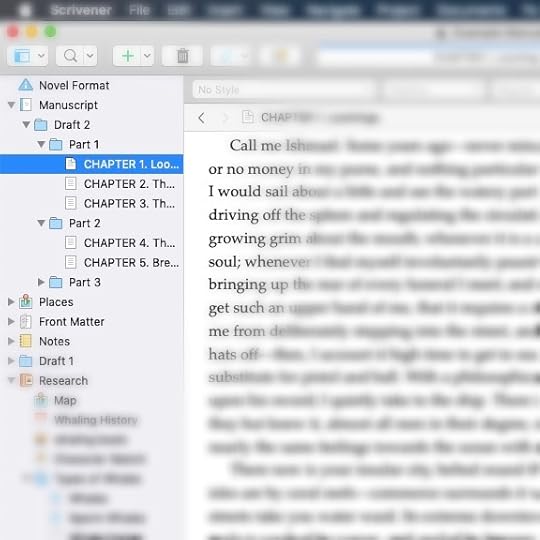
But it doesn’t have to.
Change It Up
You can change the little icons in your binder by right-clicking on the icon and choosing Change Icon, like this:

Scrivener gives you lots of options to choose from.
With a few clicks, your binder COULD look like this:

A Word of Warning
While it can be fun to mess around, this can also be a total time suck. There’s even a way to add custom icons by designing your own. My advice: don’t. None of this actually counts as writing.
Next Week
Next Monday we’ll play with another easy little Scrivener trick – the name generator. Hope everyone is staying sane out there and finding some time to write.
December 13, 2019
Vineyard Wind Machines
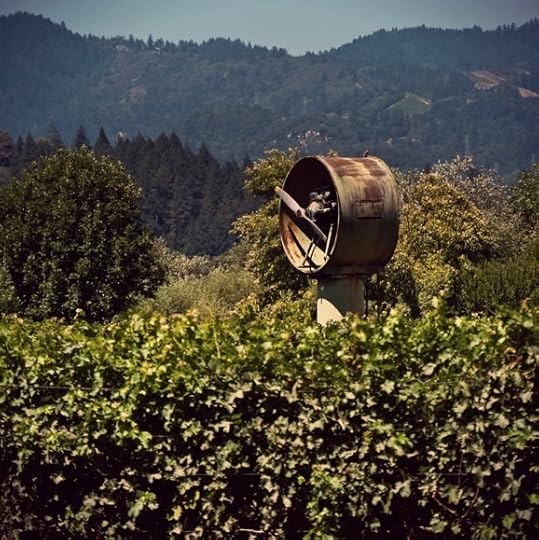
 This post is part of an extended series I’m writing about California.
This post is part of an extended series I’m writing about California. You can find out more on my Why California page.
Generally speaking, air at high altitudes is cooler than the air at ground level. However, Northern California’s cool ocean currents, its mountains, and its proximity to high atmospheric pressure zones all contribute to the frequent development of temperature inversions.
When cold air settles beneath warmer air it can grow stagnant, freezing the ground, and more importantly to the local economy, the grapes.
From the day the grape buds begin to swell in March, until the danger of frost has passed in early June, grape growers live in a state of constant alert, waking frequently throughout the night to check the thermometer.
When temperatures drop into the thirties, wind machines are used to stir the atmosphere and break up the inversion layer. Originally built from old plane propellers, the sole purpose of the wind machine is to bring warmer air down to ground level and decrease the chance of crop loss.
For a grape growing family, the change of just one or two degrees in air temperature can mean the difference between a good year and bankruptcy.



